Many of the objects we use daily have surprising and fascinating origins. From humble beginnings to unexpected uses, these everyday items hold stories that span cultures and centuries. Discover the hidden histories behind some of the most common objects in our lives.
Toothbrush
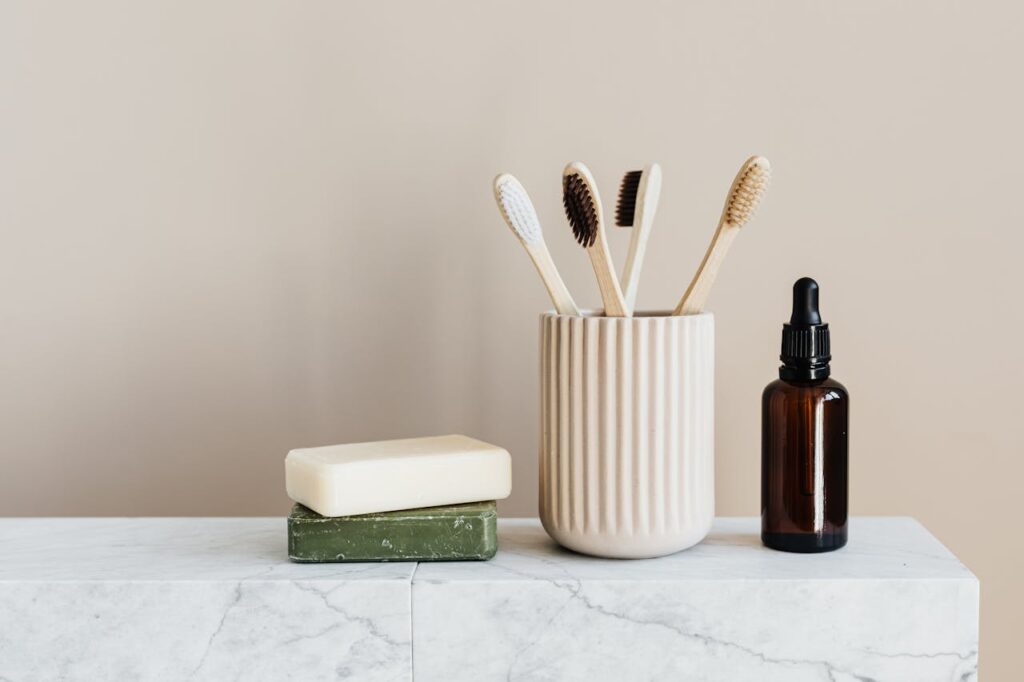
The toothbrush has a long and varied history, dating back to 3500 BC in ancient Egypt and Babylon. Early versions were twigs with frayed ends called “chew sticks.” The modern toothbrush design emerged in China in the 15th century, using boar bristles. It wasn’t until the 1930s that nylon bristles were introduced, leading to the toothbrushes we use today.
Toilet Paper
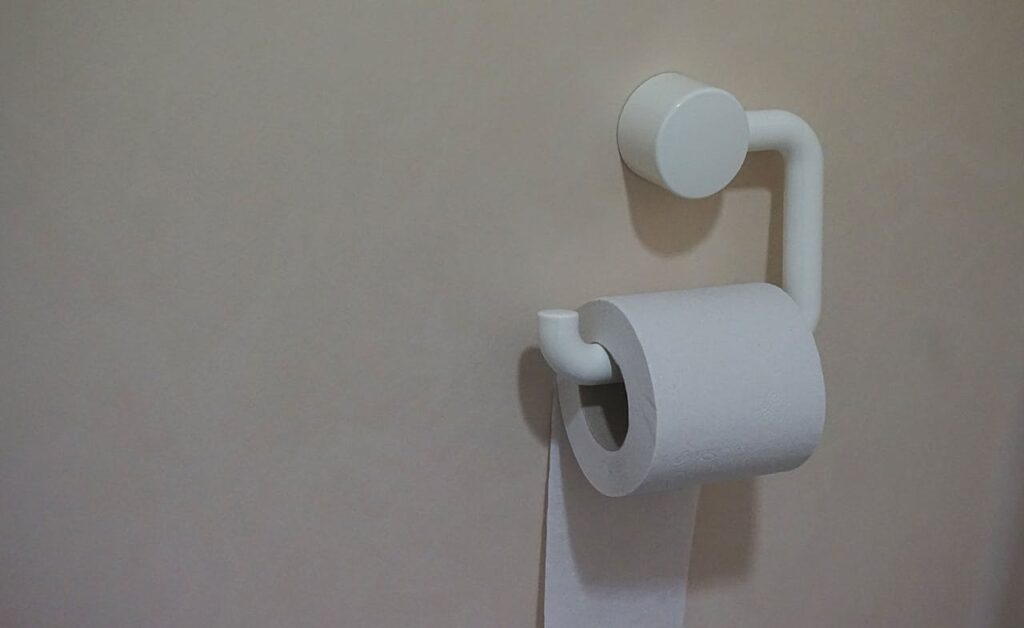
Though ancient Romans used a sponge on a stick and other civilizations used leaves or stones, modern toilet paper was invented in the mid-19th century by Joseph Gayetty. Initially sold in sheets medicated with aloe, it evolved into the familiar roll in the late 1800s, revolutionizing hygiene and comfort in bathrooms worldwide.
Safety Pin
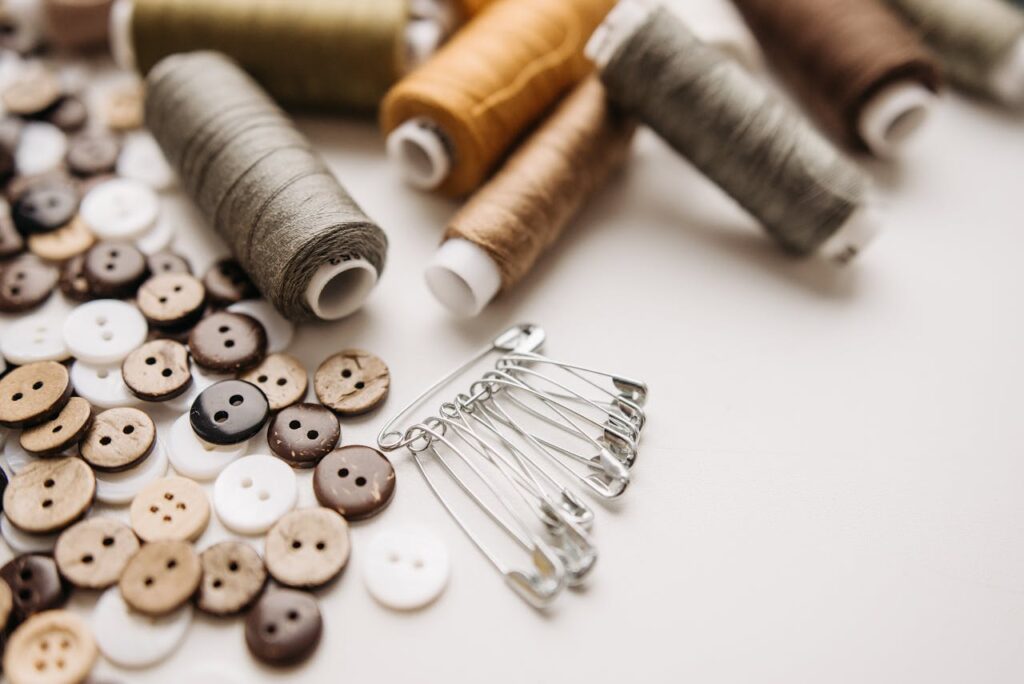
Walter Hunt invented the safety pin in 1849 as a means to settle a debt. This simple yet ingenious device features a clasp and a spring mechanism, allowing it to fasten items securely without causing injury. It quickly became an essential item for clothing repairs and has maintained its basic design since its creation.
Post-It Notes

Post-It Notes were a happy accident discovered by Spencer Silver, who was trying to develop a strong adhesive in 1968. Instead, he created a low-tack, reusable adhesive. Arthur Fry later thought of using it to anchor his bookmark in his hymnbook, leading to the creation of the sticky notes we use for reminders and messages today.
Band-Aids
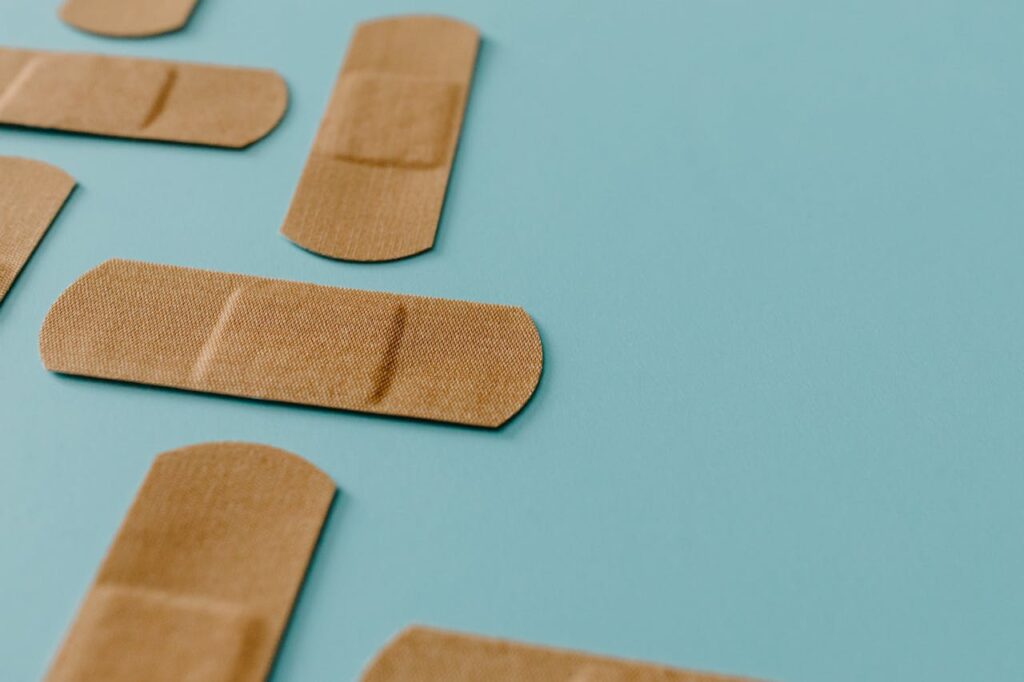
Earle Dickson, a Johnson & Johnson employee, invented Band-Aids in 1920 for his wife, who frequently cut herself while cooking. He combined gauze with adhesive tape, creating the first adhesive bandage. Band-Aids revolutionized wound care by providing a convenient, sterile, and portable solution for minor injuries.
Q-Tips
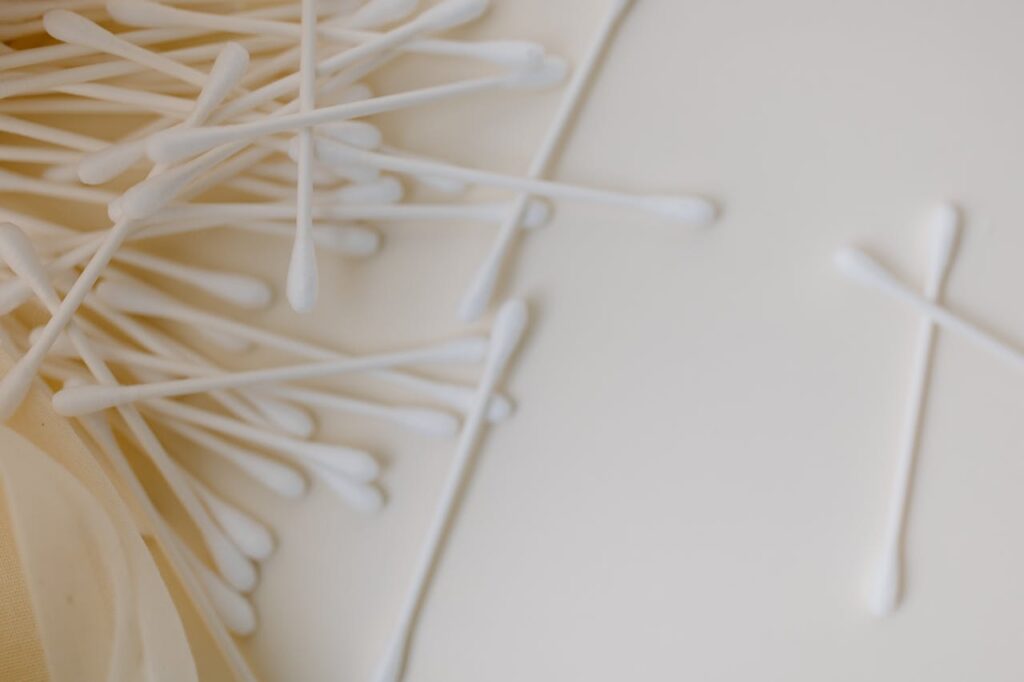
Leo Gerstenzang invented Q-Tips in the 1920s after seeing his wife use cotton balls attached to toothpicks to clean their baby’s ears. Originally called “Baby Gays,” they were later renamed “Q-Tips,” with the “Q” standing for quality. Q-Tips have since become a household staple for a variety of uses beyond ear cleaning.
Bubble Wrap
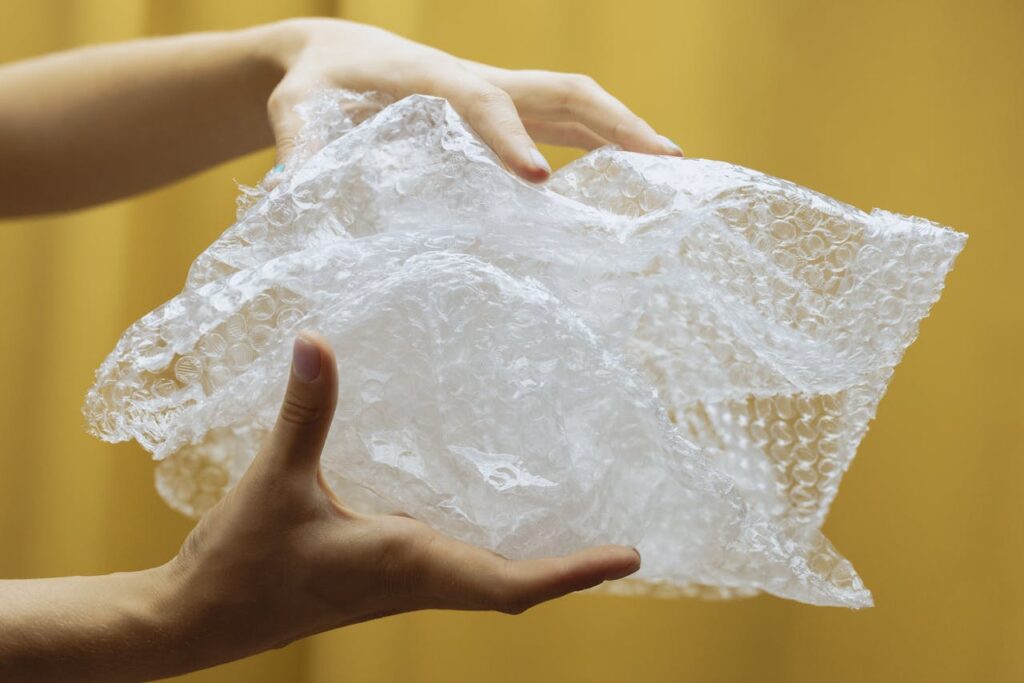
Bubble Wrap was originally intended as textured wallpaper when inventors Alfred Fielding and Marc Chavannes created it in 1957. The idea failed, but they discovered its potential as a packaging material. Bubble Wrap’s air-filled bubbles provide excellent cushioning, making it indispensable for protecting fragile items during shipping.
Velcro

Swiss engineer George de Mestral invented Velcro in 1941 after observing how burrs stuck to his dog’s fur. Inspired by the tiny hooks on the burrs, he developed a two-part fastening system using hooks and loops. Velcro’s durability and ease of use have made it popular in clothing, shoes, and countless other applications.
Zipper

The zipper’s development involved multiple inventors, starting with Elias Howe’s “Automatic Continuous Clothing Closure” in 1851. However, Whitcomb Judson’s “Clasp Locker” in 1893 and Gideon Sundback’s improvements in 1913 led to the modern zipper design. Zippers are now ubiquitous in fashion and other industries for their convenience and reliability.
Slinky
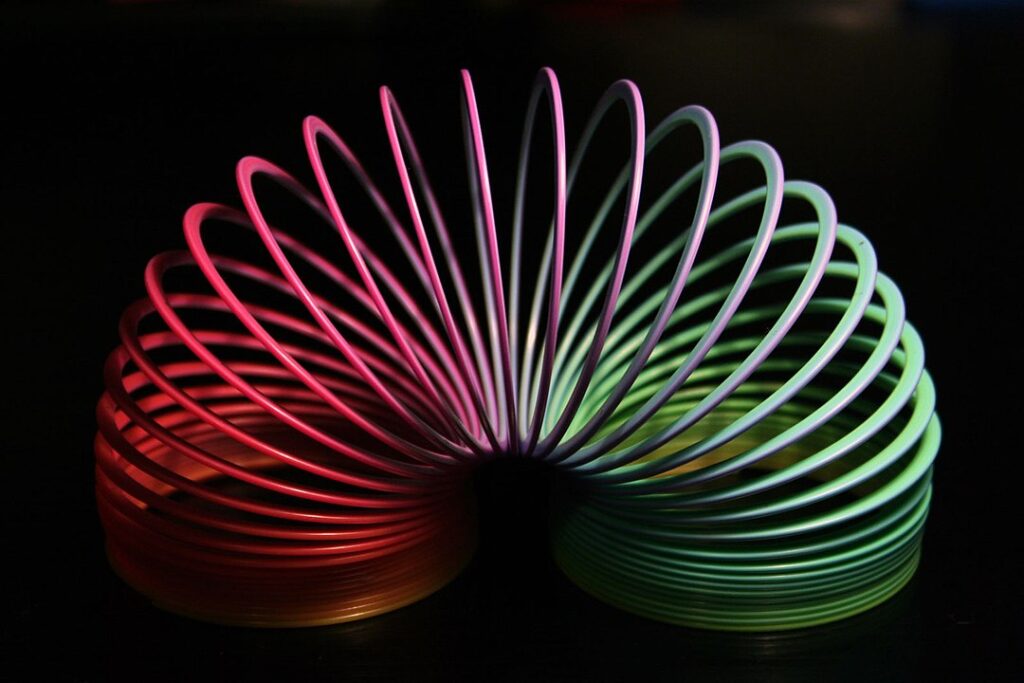
Richard James, a naval engineer, invented the Slinky in 1943 while working on springs to stabilize sensitive instruments on ships. When one of his prototypes fell and “walked” down a set of stairs, he realized its potential as a toy. The Slinky quickly became a beloved classic, captivating generations with its simple yet mesmerizing motion.
Tea Bags
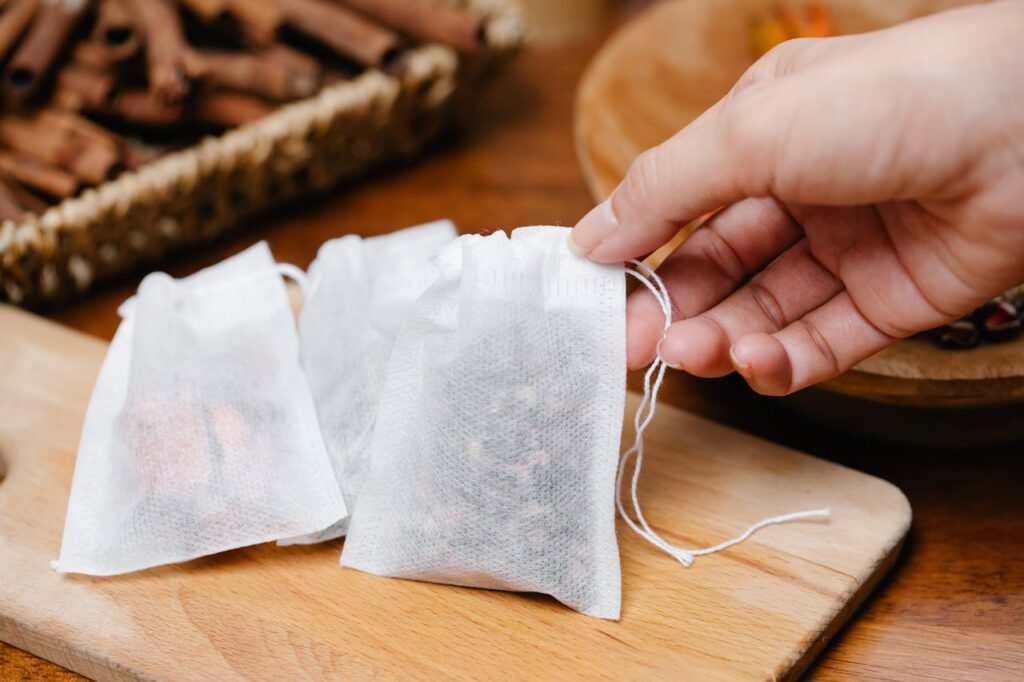
Tea bags were accidentally invented by American merchant Thomas Sullivan in 1908. He sent tea samples in silk bags to his customers, who mistakenly steeped the tea in the bags. Realizing the convenience, Sullivan switched to gauze and later paper, revolutionizing the way tea was brewed and consumed worldwide.
Bic Pens
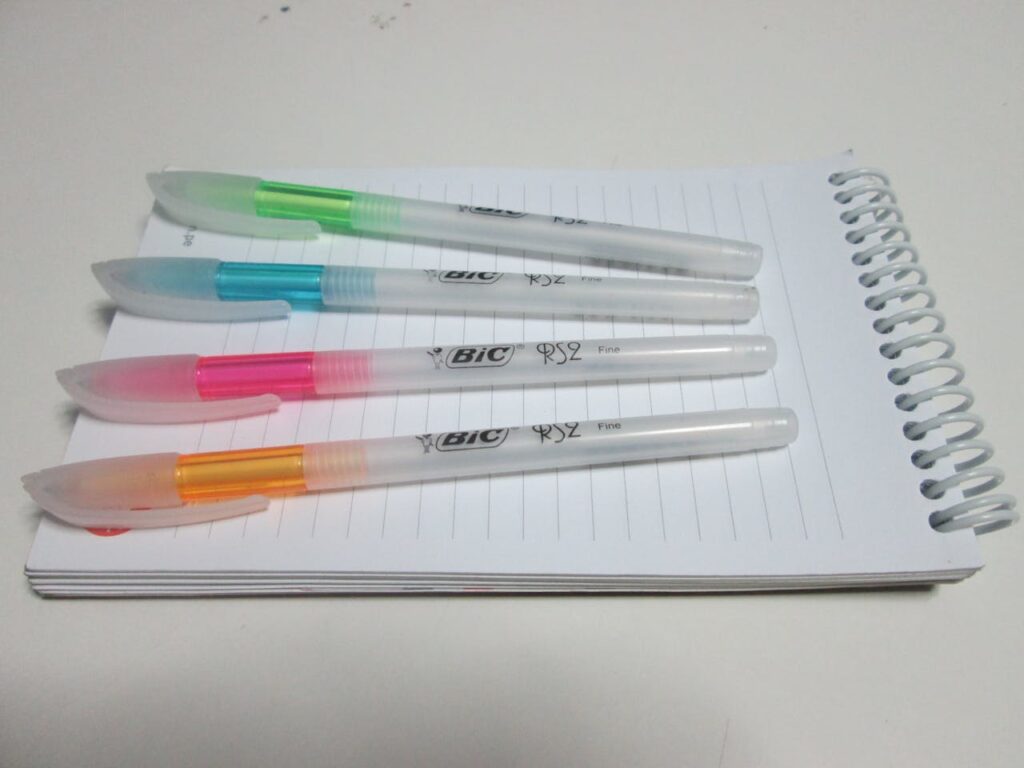
Marcel Bich and Edouard Buffard founded the Bic Company in 1945, aiming to produce a reliable and affordable ballpoint pen. Their breakthrough came in 1950 with the Bic Cristal, featuring a tungsten carbide ball and a transparent barrel. The pen’s simplicity, durability, and low cost have made it a global writing instrument staple.
Paper Clips

The modern paper clip, known as the Gem design, was developed in the late 19th century. While several inventors contributed to its creation, Norwegian Johan Vaaler is often credited with the design. Paper clips revolutionized document organization, providing a simple, reusable solution for binding papers without damaging them.
Microwave Oven

Percy Spencer discovered the microwave cooking method in 1945 when a candy bar melted in his pocket while working near a radar set. He experimented with popcorn and eggs, leading to the development of the first commercial microwave oven in 1947. Today, microwaves are a kitchen staple for their convenience and speed in cooking and reheating food.
Credit Cards

The concept of credit cards dates back to the early 20th century, but the modern version was introduced by Diners Club in 1950. Initially a charge card for dining, it quickly expanded to other services. Credit cards have since transformed commerce, enabling cashless transactions and revolutionizing the way people manage their finances.
Bubblegum

Bubblegum was invented by Walter Diemer in 1928 while working at the Fleer Chewing Gum Company. Diemer accidentally created a gum that was less sticky and more stretchable, perfect for blowing bubbles. Dubbed “Dubble Bubble,” it became an instant hit, leading to the wide variety of bubblegum flavors and brands we enjoy today.
Coffee Filters
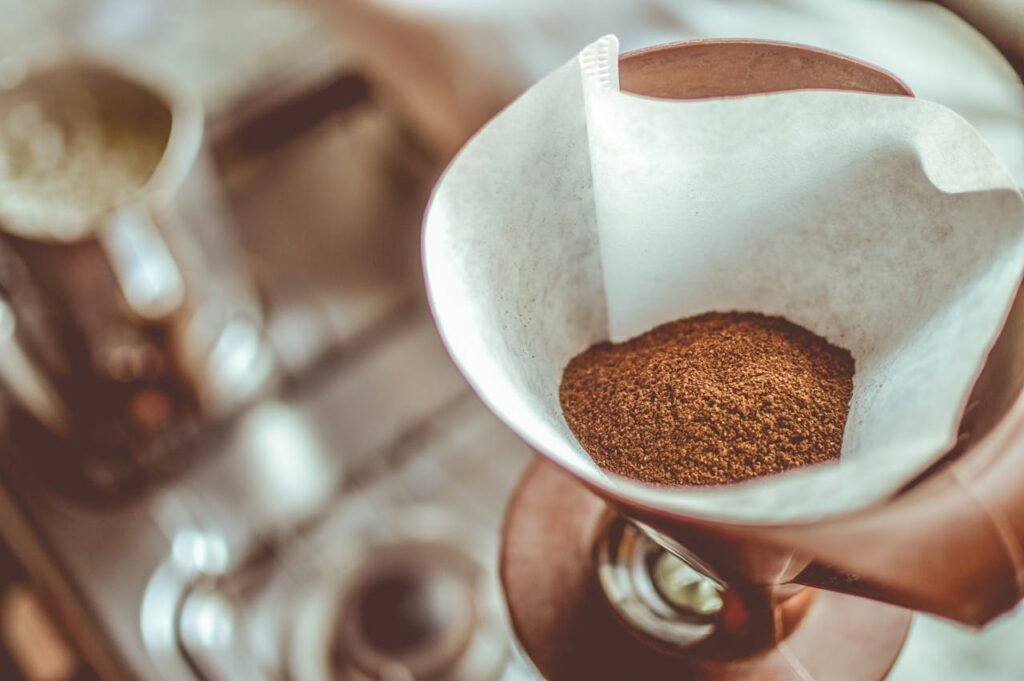
Melitta Bentz invented the first coffee filter in 1908, frustrated with the gritty texture of her coffee. Using blotting paper from her son’s schoolbook and a brass pot with holes, she created a drip-brew system. Her invention revolutionized coffee making, leading to the widespread use of paper filters for smoother, cleaner brews.
Sticky Tape
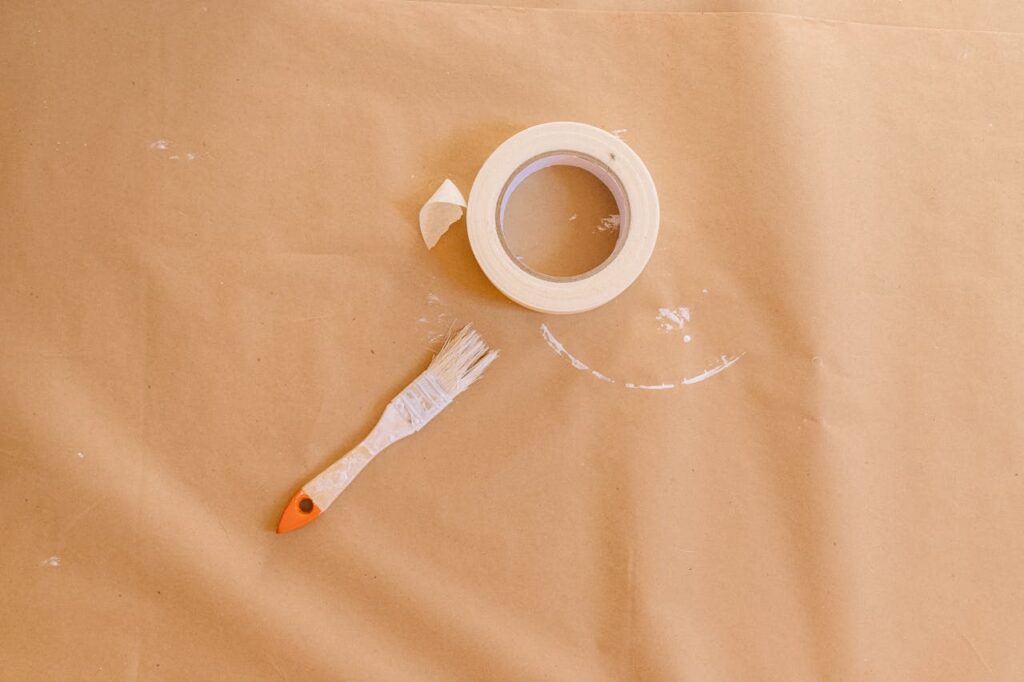
Richard Drew invented masking tape in 1925 to help auto painters create clean lines. In 1930, he developed Scotch Tape, the first transparent adhesive tape. Its versatility and ease of use made it an essential tool for packaging, crafting, and countless household tasks, cementing its place as a ubiquitous office supply.
Postage Stamps
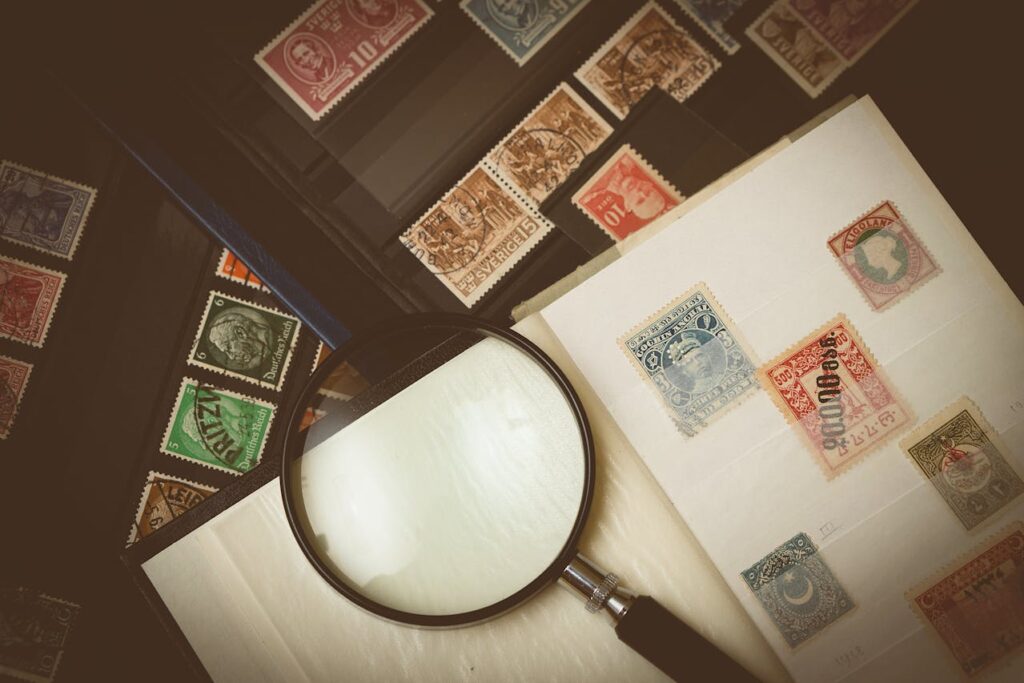
The first adhesive postage stamp, the Penny Black, was introduced in the UK in 1840. Created by Rowland Hill, it revolutionized the postal system by standardizing postage rates and simplifying mailing. Stamps quickly spread worldwide, becoming a vital part of communication and a popular collectible.
Matches

John Walker, an English chemist, invented friction matches in 1826. He discovered that a stick coated with chemicals ignited when struck against a rough surface. Matches provided a convenient and reliable way to start fires, replacing more cumbersome methods like flint and steel, and becoming an essential household item.
Contact Lenses

The concept of contact lenses dates back to Leonardo da Vinci’s sketches in the 16th century. However, it wasn’t until the late 19th century that practical lenses were developed. In 1939, William Feinbloom introduced plastic lenses, and in 1950, Otto Wichterle created the first soft contact lenses, revolutionizing vision correction.
Super Glue
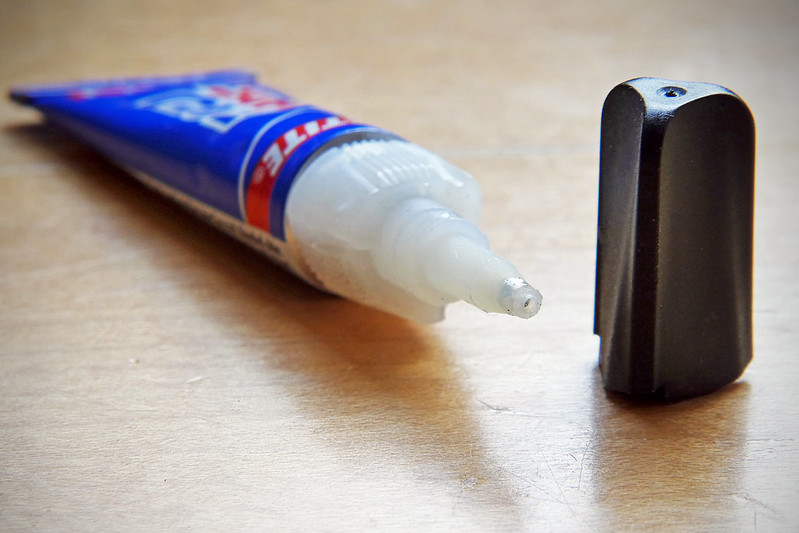
Harry Coover discovered Super Glue (cyanoacrylate) by accident in 1942 while researching clear plastics for gun sights. Initially dismissed for being too sticky, it found its true purpose in 1958. Super Glue’s strong adhesive properties made it invaluable for a wide range of applications, from household repairs to medical uses.
Eraser
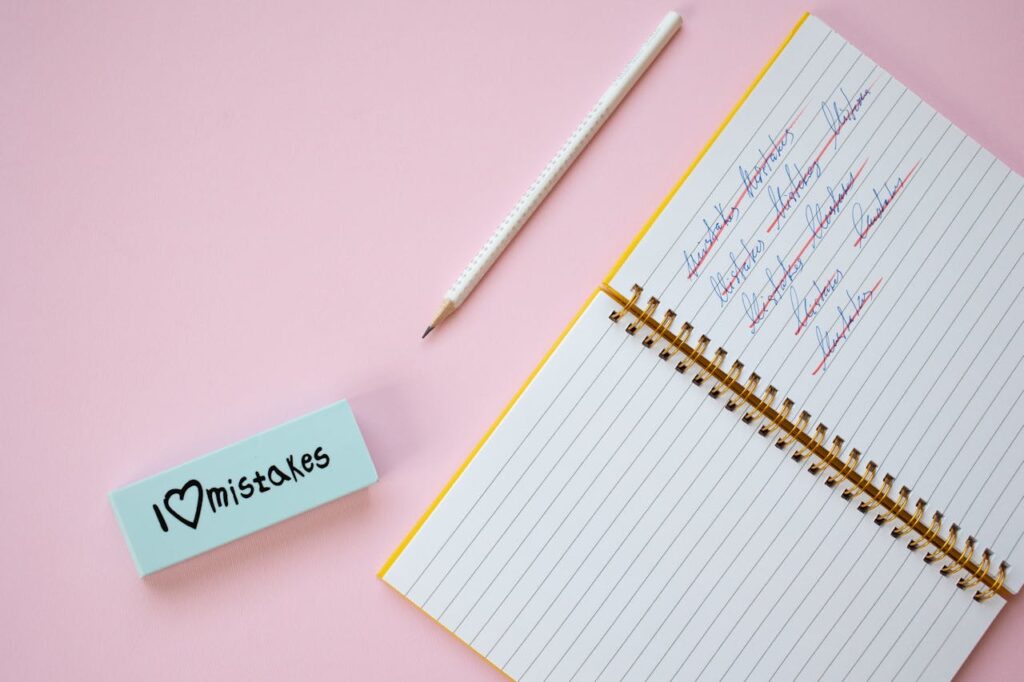
The eraser’s history began with bread, which was used to remove pencil marks. In 1770, English engineer Edward Nairne discovered that rubber was a more effective erasing material. Charles Goodyear’s vulcanization process in 1839 improved rubber’s durability, leading to the modern erasers that have become essential tools for students and artists.
This article originally appeared on UnifyCosmos.
More from UnifyCosmos
22 Strategies for Better Sleep Quality

In this article, we will explore various techniques to improve your sleep quality, helping you to wake up refreshed and ready to tackle the day. Read more!
20 Must-Know Grooming Tips for Modern Men

In this article, we’ll explore essential grooming tips that will help you look sharp, feel fresh, and present the best version of yourself. Read more!
22 Secrets to Effective Multitasking

From prioritizing tasks to leveraging technology, we’ll explore practical strategies to help you manage your time and efforts effectively. Read more!
Leave a Reply